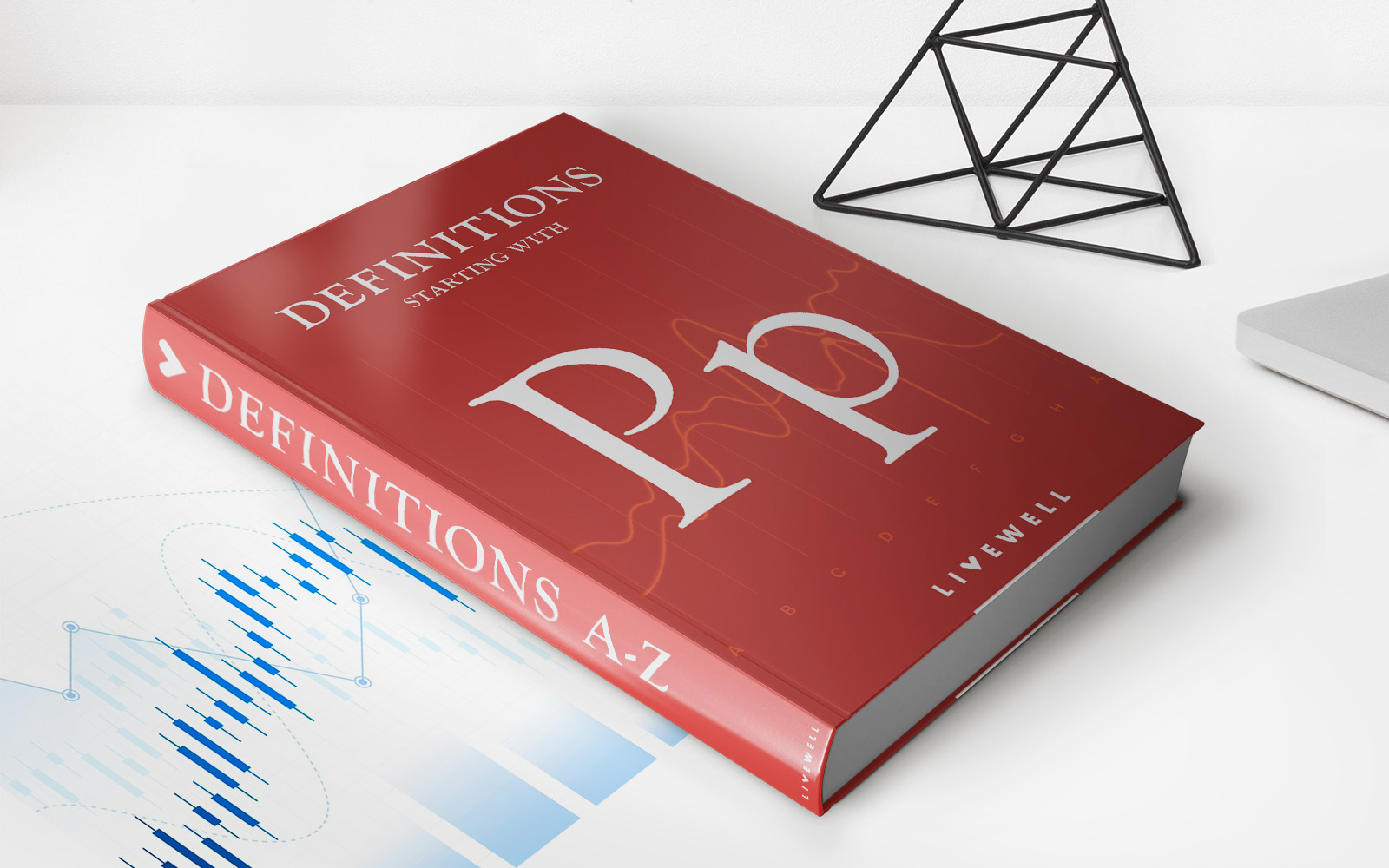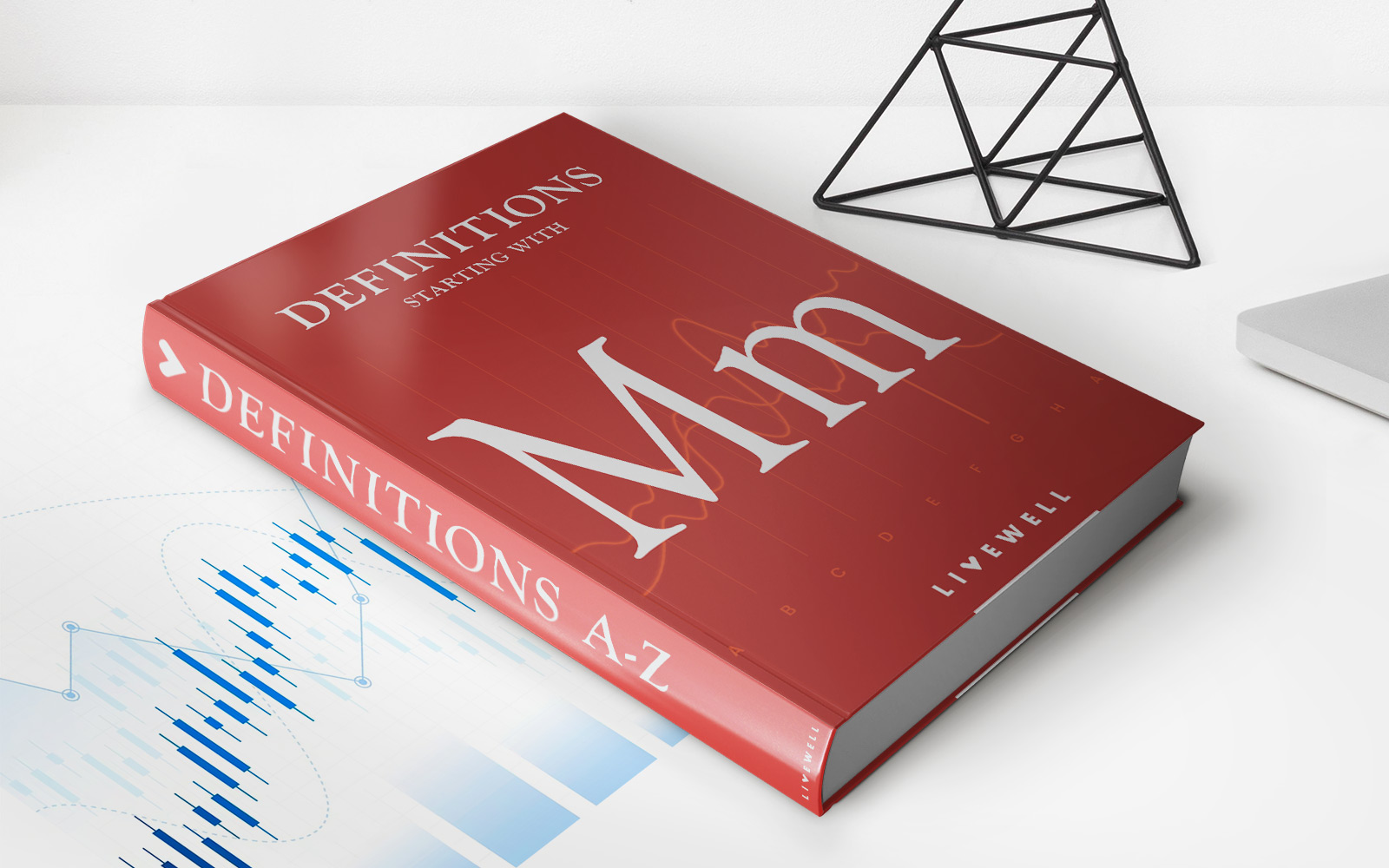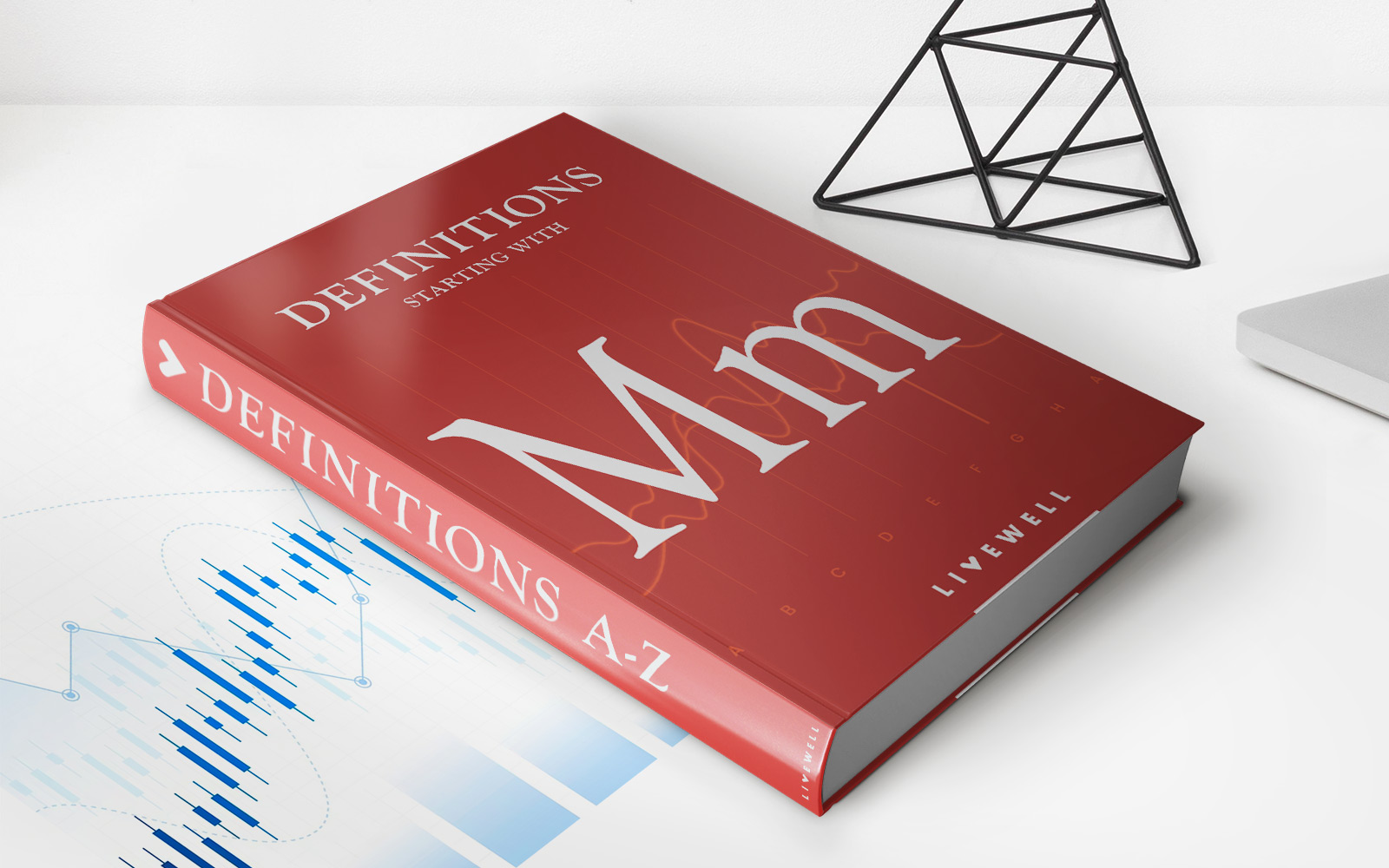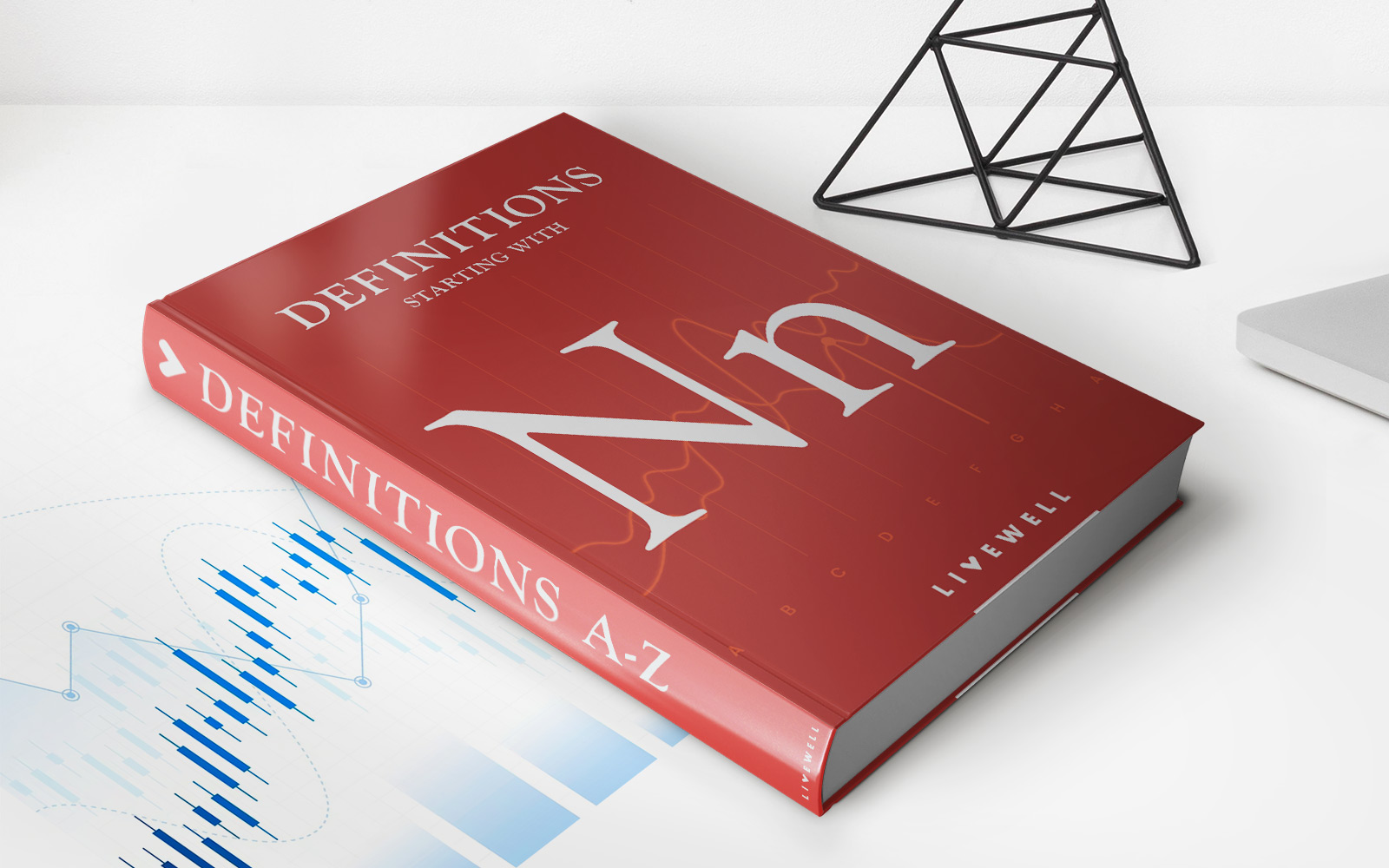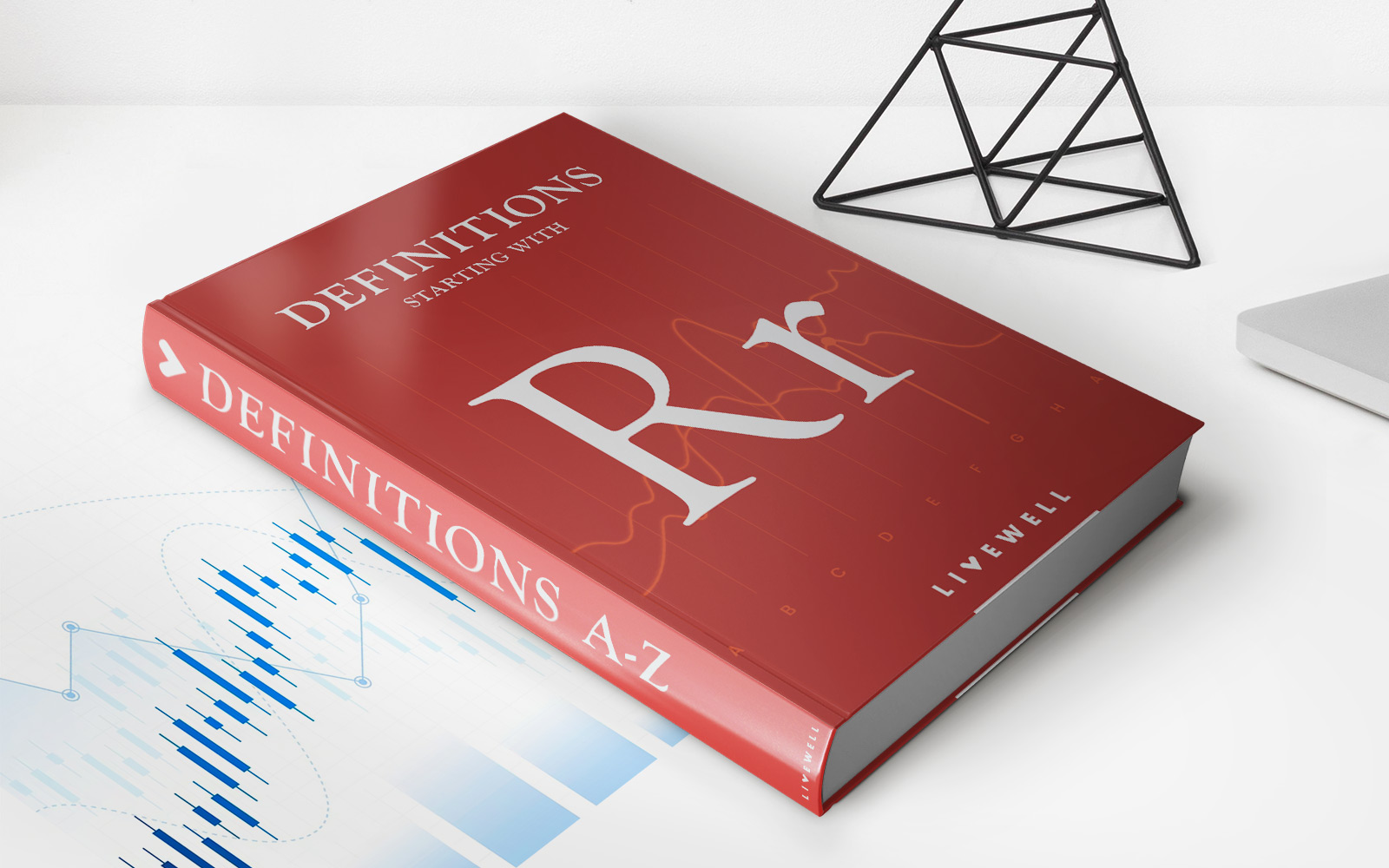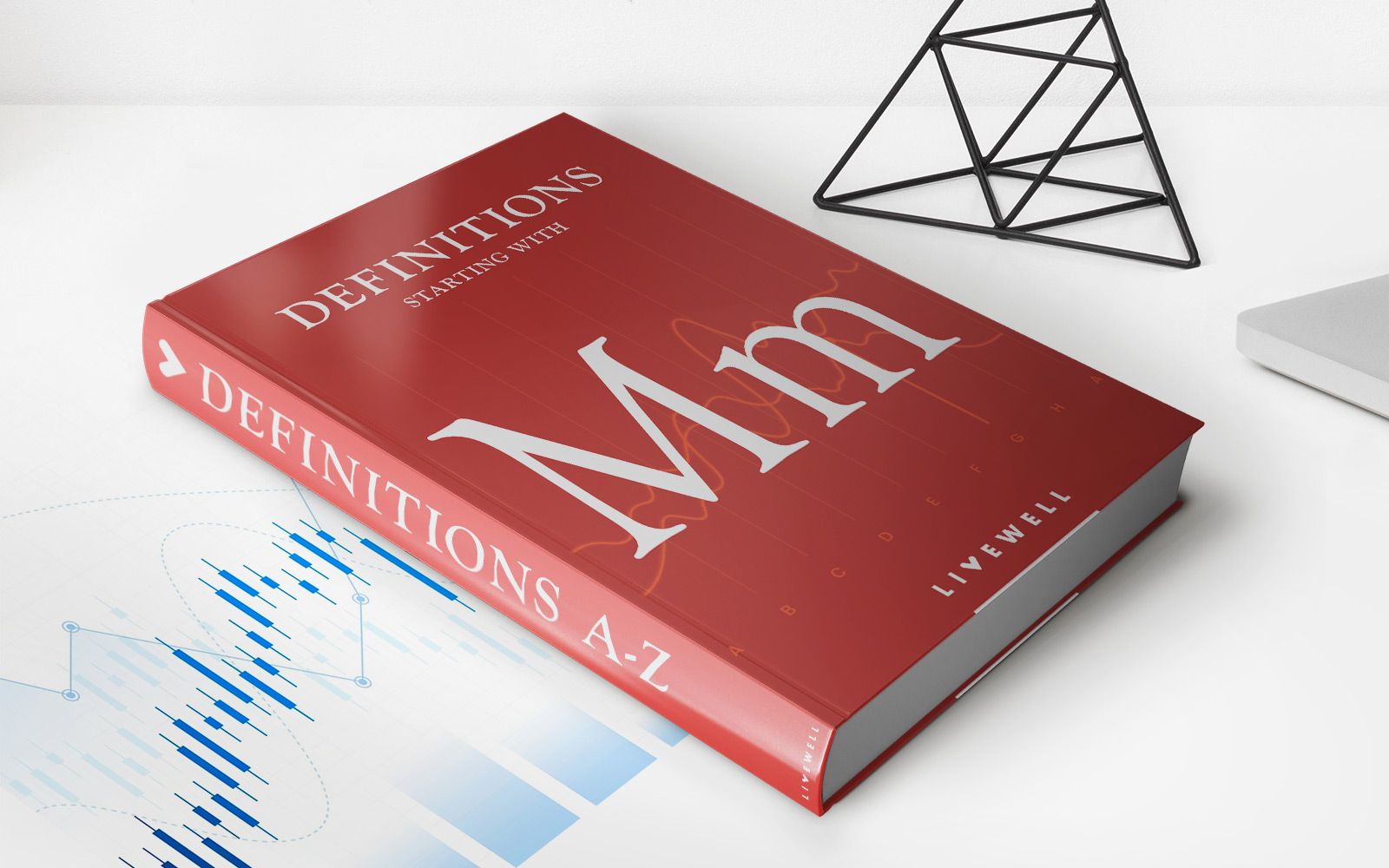

Finance
Maturity By Maturity Bidding (MBM) Definition
Published: December 23, 2023
Discover how Maturity by Maturity Bidding (MBM) revolutionizes the finance industry, offering new opportunities for better investment strategies and financial growth.
(Many of the links in this article redirect to a specific reviewed product. Your purchase of these products through affiliate links helps to generate commission for LiveWell, at no extra cost. Learn more)
Maturity by Maturity Bidding (MBM) Definition: Understanding the Basics of Financial Strategy
When it comes to navigating the complex world of finance, having a strong understanding of various investment strategies is essential. One such strategy that has gained significant popularity in recent years is Maturity by Maturity Bidding (MBM). In this blog post, we will delve into the definition of MBM, its key features, and how it can be used effectively to maximize investment returns.
Key Takeaways:
- Maturity by Maturity Bidding (MBM) is an investment strategy that involves bidding on and buying individual bonds or securities with different maturities.
- The goal of MBM is to create a diversified portfolio and take advantage of yield differentials between different maturity bonds.
So, what exactly is Maturity by Maturity Bidding? Simply put, it is an investment technique where investors bid on and purchase bonds or securities that have different maturity dates. Rather than purchasing a single bond or security with a fixed maturity, MBM allows investors to build a diversified portfolio by buying multiple bonds with varying maturity dates.
Here’s how it works: When bidding on bonds, investors consider the yield differential among various maturities. Yield differential refers to the difference in yield (interest rate) between bonds with different maturities. By selecting bonds with maturities that offer higher yields, investors can potentially generate higher returns compared to investing in individual bonds.
One of the advantages of MBM is its ability to provide greater flexibility in managing interest rate risk. Since bonds with different maturities will have different interest rate sensitivities, by holding a mix of bonds with varying maturities, investors can mitigate the impact of interest rate fluctuations on their portfolio. This allows them to adapt to changing market conditions more effectively.
Additionally, MBM offers the benefit of liquidity. When individual bonds mature, investors can reinvest the proceeds into new bonds, allowing them to take advantage of evolving market conditions and potentially achieve higher yields.
It’s important to note that MBM requires thorough analysis and research. Investors need to carefully evaluate the yield differentials, credit ratings, and other factors when selecting bonds for their portfolio. A well-executed MBM strategy requires a deep understanding of the bond market and a keen eye on market trends and economic indicators.
To summarize, Maturity by Maturity Bidding (MBM) is an investment strategy that involves purchasing bonds or securities with different maturity dates. By taking advantage of yield differentials and creating a diversified portfolio, investors can potentially achieve higher returns and manage interest rate risk more effectively. While MBM offers numerous benefits, it does require careful research and analysis to ensure its successful implementation.
